☆ PuniPuni Youtube ☆
Coronavirus in Japan – Learn Important Japanese vocabulary
Japanese Vocabulary – Ailments & Symptoms – Review Notes
Today, we learned how to say some physical ailments and symptoms in Japanese! In these video review notes, we will go over today’s vocabulary and learn more about saying symptoms in Japanese!
………………………………………………………………………………..
Japanese Vocab: Symptoms in Japanese
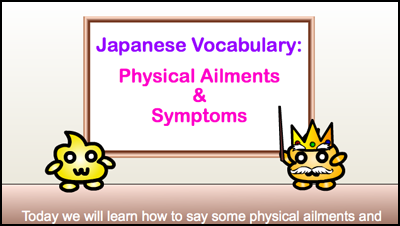
★ Today we will learn how to say some physical ailments and symptomsin Japanese.
★ Symptoms in Japanese is 症状 (しょうじょう – shōjō).
………………………………………………………………………………..
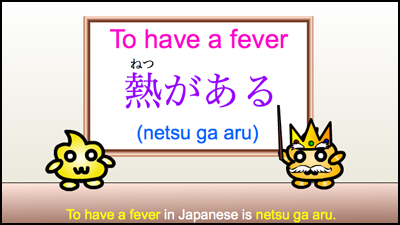
★ Fever in Japanese is 熱 (netsu)
★ To have a fever in Japanese is 熱がある (netsu ga aru)
………………………………………………………………………………..
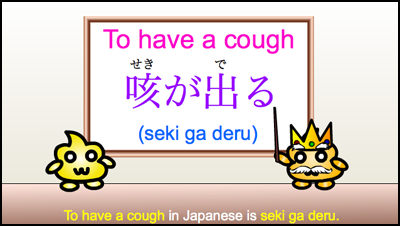
★ Cough in Japanese is 咳 (seki).
★ To have a cough in Japanese is 咳が出る (seki ga deru).
………………………………………………………………………………..
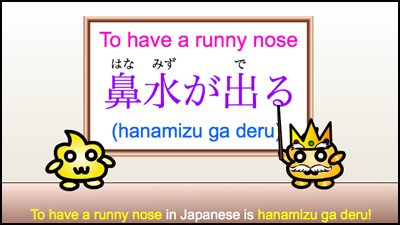
★ To have a runny nose in Japanese is 鼻水が出る (hanamizu ga deru)
………………………………………………………………………………..
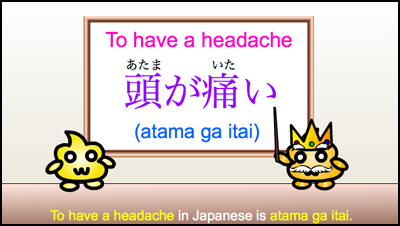
★ To have a headache in Japanese is 頭が痛い (atama ga itai)
★ 頭 (atama) means “head” and 痛い (itai) means “hurts”
★ You can replace 頭 (atama)with another body part to say that something else hurts.
………………………………………………………………………………..
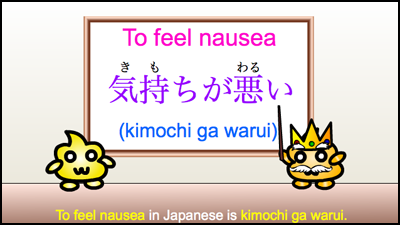
★ To feel nausea in Japanese is 気持ちが悪い (kimochi ga warui)
★ 気持ち (kimochi) means “feeling” and 悪い (warui) means “bad.”
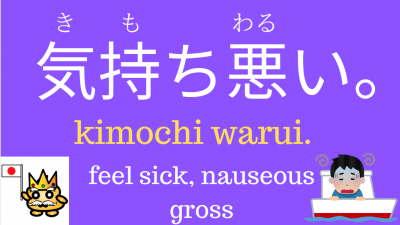
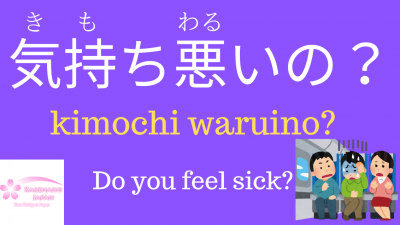
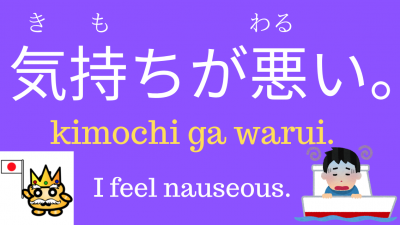
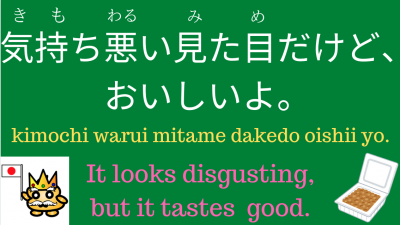
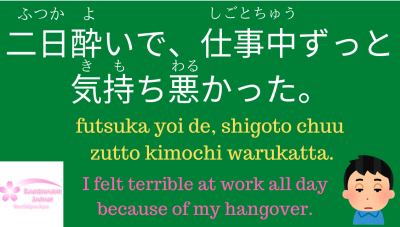
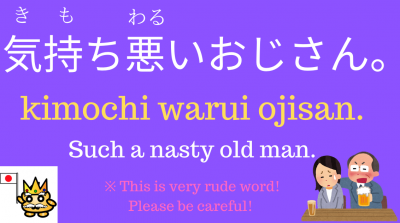
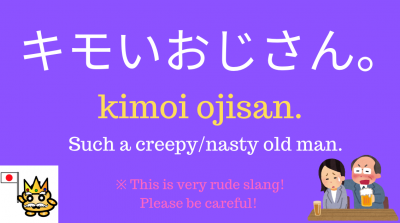
………………………………………………………………………………..
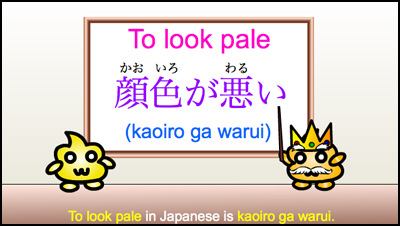
★ To look pale in Japanese is 顔色が悪い (kaoiro ga warui)
★ 顔色 (kaoiro) literally means “face color” and 悪い (warui) means “bad”
………………………………………………………………………………..
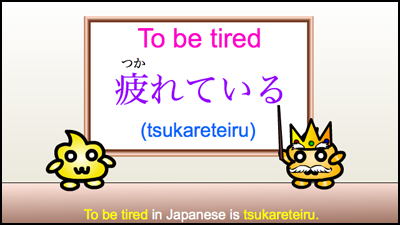
★ To be tired in Japanese is 疲れている (tsukareteiru)
………………………………………………………………………………..
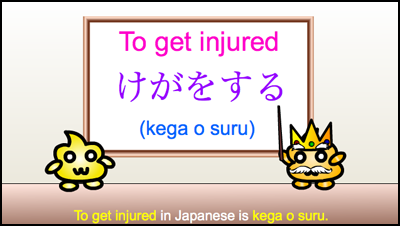
★ To get injured in Japanese is けがをする (kega o suru)
★ けが (kega) means “injury”
………………………………………………………………………………..
Additional Vocabulary:
風邪を引く kaze o hiku To catch a cold
目がかゆい me ga kayui To have itchy eyes
鼻が詰まる hana ga tsumaru To have a stuffy nose
喉が痛い Nodo ga itai To have a sore throat
………………………………………………………………………………..
Conclusion:
Do you want to know any other symptoms or ailments in Japanese? Leave a comment below!
……………………………………………………………………………….
Do you want a Japanese tutor?
Take Japanese Skype Lessons with Professional Japanese Teachers on kakehashijapan.com!
Do you want to pass JLPT? Join our JLPT prep class!
………………………………………………………………………………..
………………………………………………………………………………..





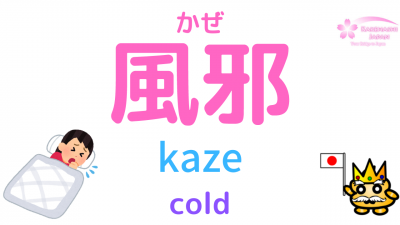
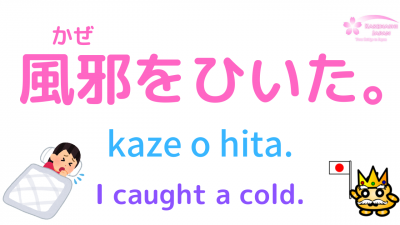
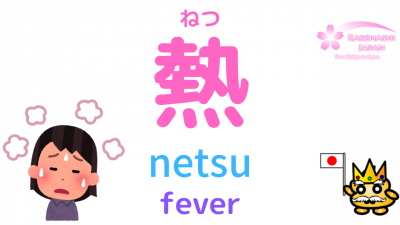
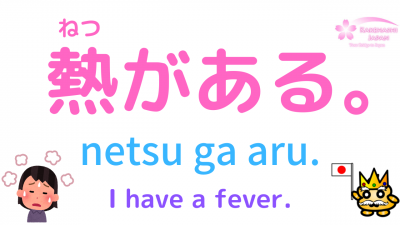
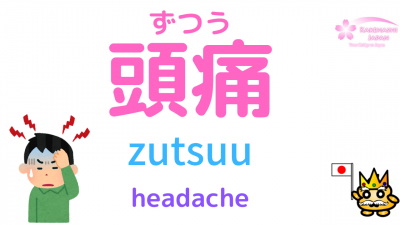
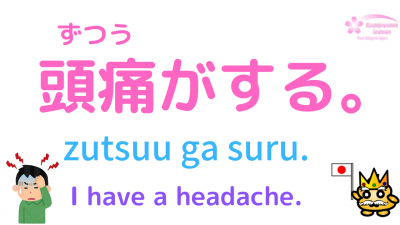
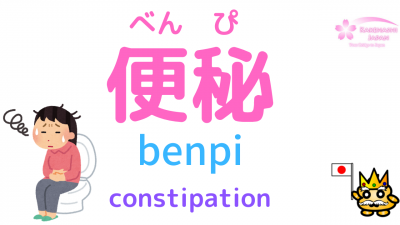
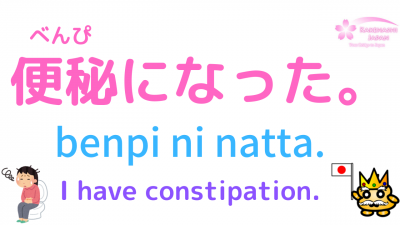
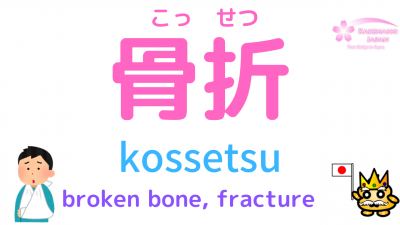
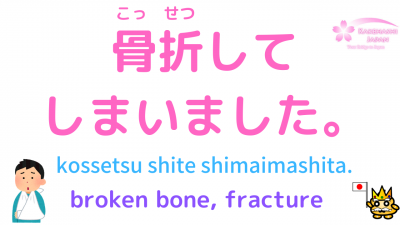

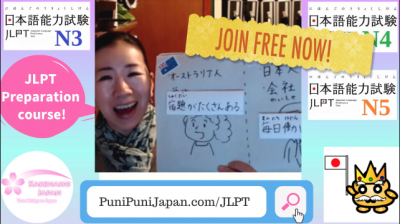



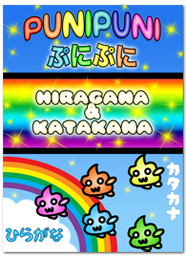
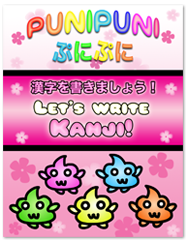


6 comments
Do you mind telling me what stomachache and rash are in Japanese?
Comment by Rebecca on 05/03/2014 at 3:05 pm“To have a stomachache” in Japanese is おなかが痛い (onaka ga itai). This pattern of “___ ga itai” is used for just about any kind of pain in Japanese. Just put the body part that hurts in the blank!
Comment by PuniPuni on 05/07/2014 at 6:10 am“Rash” in Japanese is 皮疹 (hishin).
Could you tell me how to say:
To have a sore throat
To have a broken bone
To have a sore muscle
To have a cut
To be bleeding
Thank you!
Comment by Dezzy on 05/05/2014 at 5:40 pmThere are some different ways to say some of these, but here it is!
のどが痛い (nodo ga itai)
骨折している/骨が折れている (kossetsu shiteiru / hone ga oreteiru)
筋肉痛(です。)(kinniku tsuu [desu])
傷ができた (kizu ga dekita)
出血している/血が出ている (shukketsu shiteiru / chi ga deteiru)
Hope that helps (◕ω<)b☆
Comment by PuniPuni on 05/07/2014 at 6:18 amHow about saying:
Comment by Akira on 05/23/2014 at 6:57 pm-I have a fractured part in my body? Or I am fractured?
Fracture in Japanese is 骨折 (kossetsu). You can say, for example: 私の脚が骨折しています (watashi no ashi ga kossetsu shiteimasu) – my leg is broken/fractured. If you want to change the body part, just change 脚 (ashi) to a different body part.
Comment by PuniPuni on 05/23/2014 at 8:36 pm